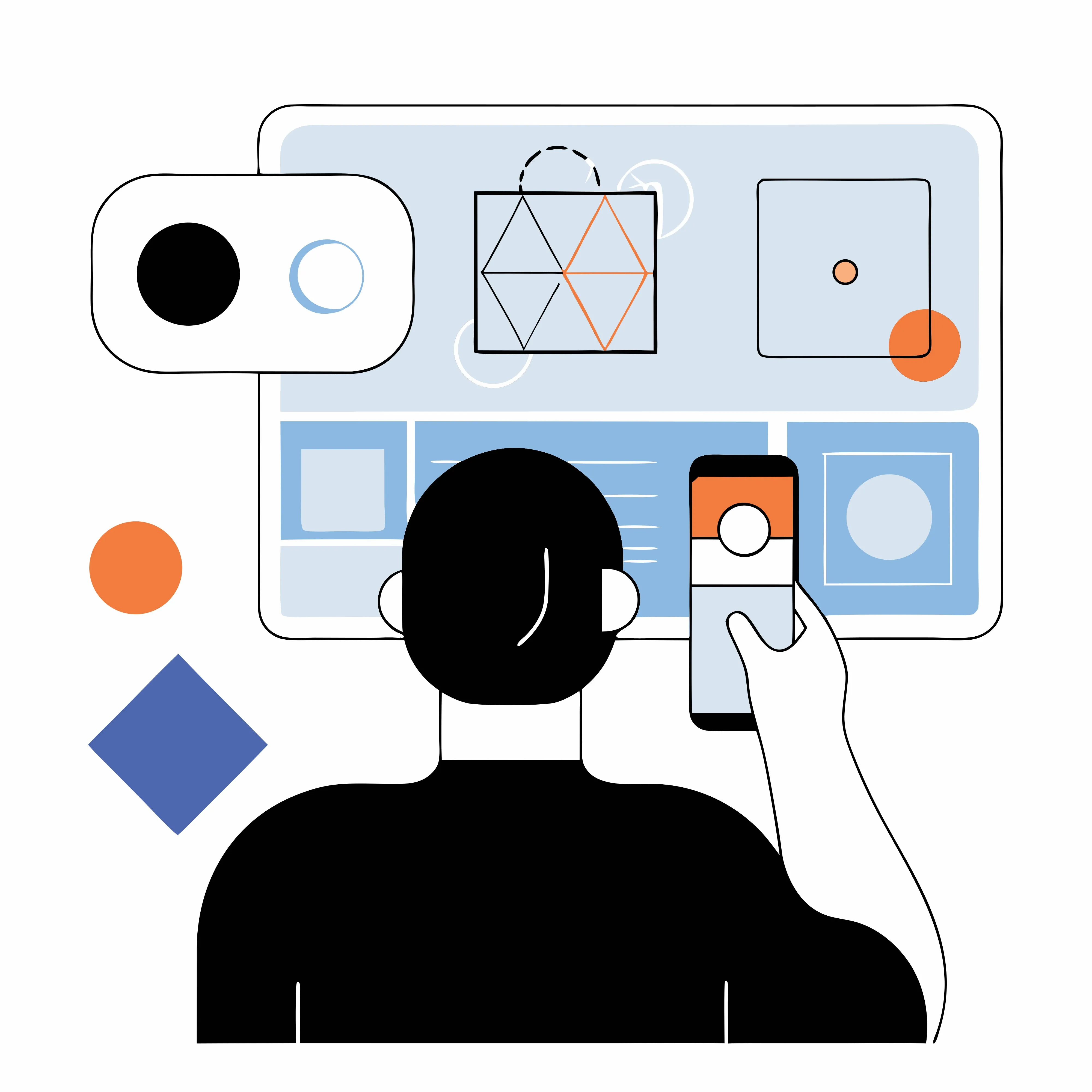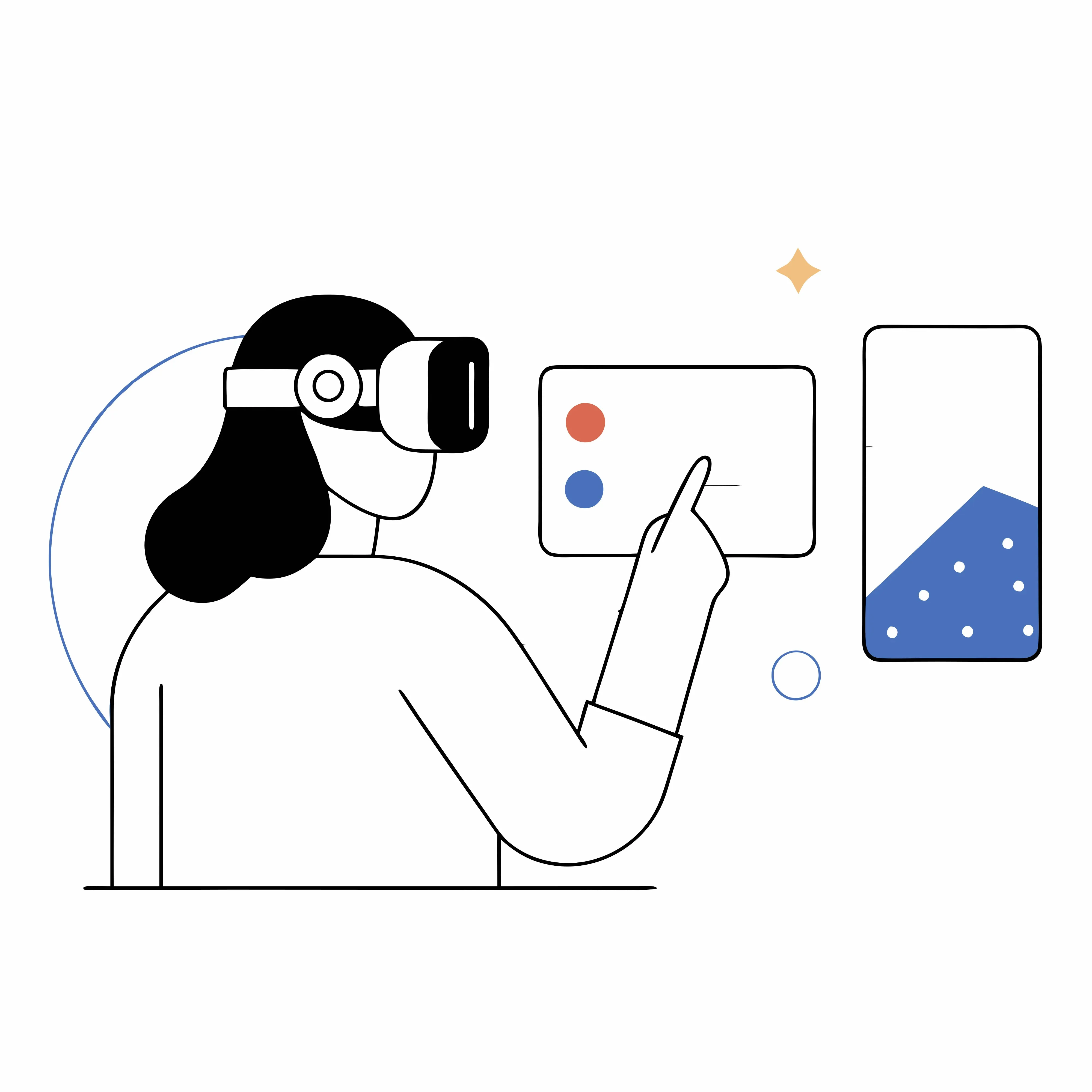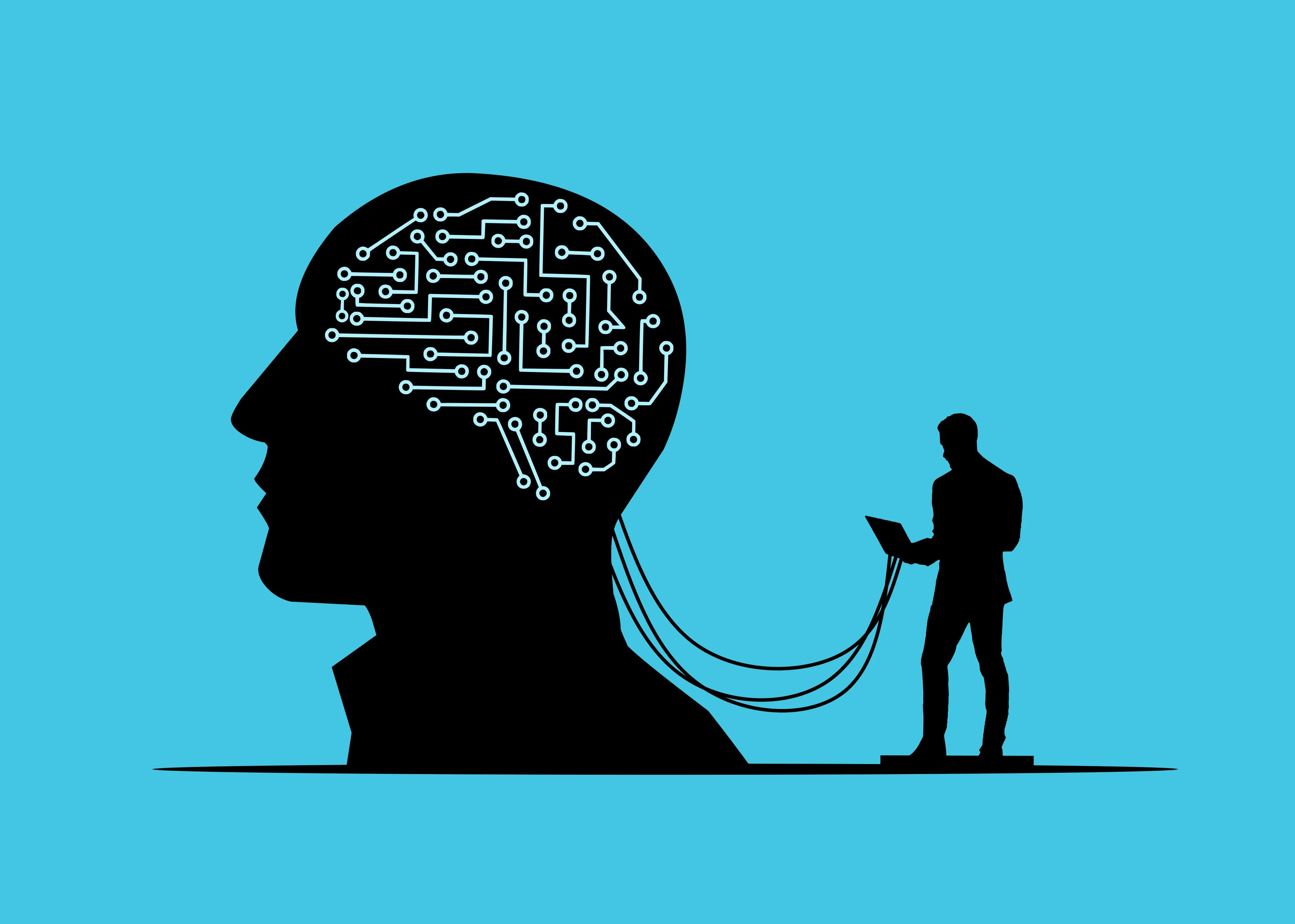AI That Can Read Images: Uses, Tools & How It Works

Imagine a world where machines can instantly understand and interpret visual content. What once seemed like science fiction is now our reality, thanks to artificial intelligence (AI) that can read images.
This groundbreaking technology is reshaping industries, improving accessibility, and simplifying daily tasks for millions. But, how does it work? What makes it so impactful? Let's uncover everything you need to know about AI image reading technology.
At its core, AI that can read images combines advanced computer vision technologies with AI algorithms to allow machines to interpret and extract meaningful information from pictures.
It goes beyond basic image recognition, venturing into areas like object detection, scene understanding, and even text extraction. Whether you're curious about AI that can read pictures or need an AI image reader for your business, this blog offers a deep-dive overview of everything this remarkable tech can do.
What is AI That Can Read Images?
AI image-reading technology uses a combination of machine learning (ML), deep learning, and natural language processing (NLP) to analyze and understand images. For example, AI text recognition from images enables machines to process visuals containing text and extract that text with clarity and accuracy.
This tech relies heavily on neural networks, modeling the way the human brain processes visual stimuli. By training AI algorithms on massive datasets of images and text, these systems learn to recognize patterns, shapes, and objects while deciphering text or metadata embedded within images.
Why Do We Need AI for Reading Images?
From identifying handwritten notes to analyzing satellite imagery, the possibilities are truly endless. For anyone wondering why we need AI that can read pictures, here's a question to consider:
Without AI, how long would it take a human to process millions of photos daily?
This is where AI excels,it automates tasks that involve visual or textual data in images, making complex processes faster and more efficient.
Popular Use Cases of AI Image Reading Technology

By now, you're probably wondering how this technology is applied in real-world scenarios. Below are some of the most prominent applications.
1. Text Extraction with Optical Character Recognition (OCR)
One of the most well-known applications of AI picture text readers is Optical Character Recognition (OCR). OCR is a game-changer for industries like banking, healthcare, and education. It scans documents containing text and converts them into editable formats.
● Example: Banks use OCR-enabled tools to scan checks and digitize customer information within seconds.
● Tool to Try: Google Cloud Vision API
2. Accessibility Improvements
By providing AI photo readers, developers are breaking down barriers for visually impaired individuals. These tools can describe objects, scenes, or even read text aloud.
● Example: Apps like Be My Eyes enable a blind user to point their phone at an object, while AI detects its shape, color, and nature.
● Tools to Try: Microsoft Azure AI Services
3. E-commerce and Retail
Ever wondered how websites "recommend" variations of a product you're viewing? Retailers harness AI-driven image analysis tools to inventory their stock and improve customer experiences.
● Example: Amazon’s product search lets users upload a photo, which the AI then matches with similar products on their platform.
● Tools to Try: Clarifai API
4. Social Media and Content Management
Social platforms like Instagram and TikTok use AI text detectors from images to moderate images for inappropriate content while ensuring user safety.
● Example: Facebook uses AI to detect hate speech or harmful messages embedded in photos and memes, aiming to keep its platform clean.
5. Healthcare Innovation
AI-driven analysis plays an essential role in medical imaging. Tools powered by AI image readers help doctors detect diseases through X-rays or CT scans much faster than traditional methods.
● Example: Detecting early signs of tumors using AI ensures quicker diagnoses and saves lives.
● Tools to Try: IBM Watson Health Imaging
6. Legal and Document Management
Law firms and large organizations rely on AI to scan contracts or invoices, saving untold hours of manual work. These tools are designed to understand complex legal texts.
● Example: An AI scan image-to-text tool can dissect legal agreements for specific clauses.
● Tools to Try: ABBYY FineReader
7. Real-Time Translation
For global travelers,AI-powered picture readers break language barriers. You simply scan a foreign-language sign or menu, and the AI provides instant translations.
● Example: Google Lens translates almost any printed text using its advanced machine-learning algorithms.
How Does AI That Reads Images Work?

AI-driven technology for image reading uses several key processes to function effectively. Here's a simplified look at what happens under the hood:
1. Image Input
Every process begins with an input. It could be a scanned file, photo, or even live footage from a camera. The AI receives this image as raw pixels.
2. Preprocessing
Next, the system cleans up the image for better efficiency. Preprocessing includes adjustments for brightness, contrast, noise reduction, and resolution improvements.
3. Object and Feature Recognition
Here, convolutional neural networks (CNNs) come into play, identifying objects, shapes, or text within an image.
4. Text Detection and Recognition
When images contain text, the AI must both locate the text and recognize its content. A specialized OCR algorithm deciphers text characters by comparing them to its training database.
5. Output Delivery
Finally, you receive actionable results―whether that's the extracted text or a summarized analysis of the image.
What Are the Benefits of AI That Can Read Images?
With so many industries adopting this technology, it’s no surprise that businesses and individuals alike are reaping the rewards. Here’s why AI image analysis tools are worth the hype:
1. Speed
Manual tasks that once took hours (or days) can now be accomplished in minutes.
2. Cost Efficiency
Automating image-reading processes minimizes the need for human labor, leading to cost savings.
3. Accuracy
AI minimizes human error by offering precise and consistent output.
4. Accessibility
AI makes life easier for people with disabilities by providing tools like AI-read text from images or visual description technology.
5. Innovation
It drives companies toward innovation, enabling creative applications like visual search engines or personalized marketing campaigns.
Top AI Tools for Image Reading
If you're considering adding AI tools to your arsenal, here are some platforms leading the way:
Perfect for OCR, facial recognition, and detecting explicit content.
2. Microsoft Azure Cognitive Services:
A top-tier service for analyzing text and reading images, especially in accessibility tech.
3. Adobe Sensei:
Adobe integrates AI tools directly into its products like Photoshop, allowing it to recognize objects in photos.
AWS offers extensive tools for detecting objects, analyzing text, and facial recognition for security purposes.
5. Tesseract OCR:
An open-source OCR solution loved by developers for its flexibility and accuracy.
What's Next for AI Reading Images?
The future of AI image readers is bright. Innovations like 3D image analysis and advanced real-time applications will elevate its capabilities. With industries like healthcare, education, and e-commerce adopting this technology at an accelerated rate, AI advancements are inevitable.
Explore Now: Drive Social Media Pyramid Scheme
Continued investments in AI research will bring about systems that are faster, more affordable, and universally accessible. Who knows? AI that can read images might soon bring us breakthroughs we can't yet imagine.
Frequently Asked Questions (FAQ)
1. What is the difference between AI image recognition and AI image reading?
AI image recognition focuses on identifying and labeling objects within an image (e.g., recognizing a cat or a car), while AI image reading goes further to understand the image—extracting text, detecting context, identifying emotions, and even translating text.
2. Is AI image reading technology accurate?
Yes, modern AI image reading tools are highly accurate, especially when trained on large and diverse datasets. Tools like Google Cloud Vision and Microsoft Azure Cognitive Services deliver industry-leading accuracy for OCR and object recognition tasks.
3. Can AI read handwritten text in images?
Absolutely. With advanced OCR algorithms, many AI tools can accurately recognize and digitize handwritten text, though the accuracy can vary depending on handwriting quality and image clarity.
4. How is AI image reading used in education?
AI can scan textbooks, notes, or even whiteboards to extract and organize information. It also helps students with disabilities by converting images to speech or Braille, making education more inclusive.
5. Which industries benefit most from AI image reading?
While all industries can benefit, the most prominent include healthcare (diagnostics), legal (document analysis), retail (product recognition), and accessibility-focused services (assistive technology).
6. Are there free AI image reading tools available?
Yes! Open-source tools like Tesseract OCR offer free image-to-text conversion. Google Lens and Microsoft Seeing AI are also free apps that deliver excellent real-time image reading functionalities.
7. Is AI image reading secure for sensitive data?
Most enterprise-grade AI services offer strong security features like data encryption and compliance with global standards. However, it’s always best to use trusted providers and review their privacy policies before uploading sensitive content.
8. How can I integrate AI image reading into my business?
You can either use plug-and-play APIs like Google Cloud Vision or work with tech solution providers like New Web Order to create customized AI solutions tailored to your business needs.
Final Thoughts
From helping businesses automate their workflows to empowering individuals with disabilities, AI that can read images is a force for good. With practical applications in every industry—from retail to healthcare, education to legal services—this technology continues to shape our digital and physical worlds alike.
When you leverage tools like Google Cloud Vision or Microsoft Azure Cognitive Services, you're accessing the future, right now. Don't get left behind.
Want to explore what this technology can do for your business? At New Web Order, we specialize in helping businesses harness cutting-edge AI solutions to solve problems and achieve more.
Talk to our team at New Web Order today to learn how you can ride the wave of AI-powered transformation! Get ready. The revolution? It starts with an image.